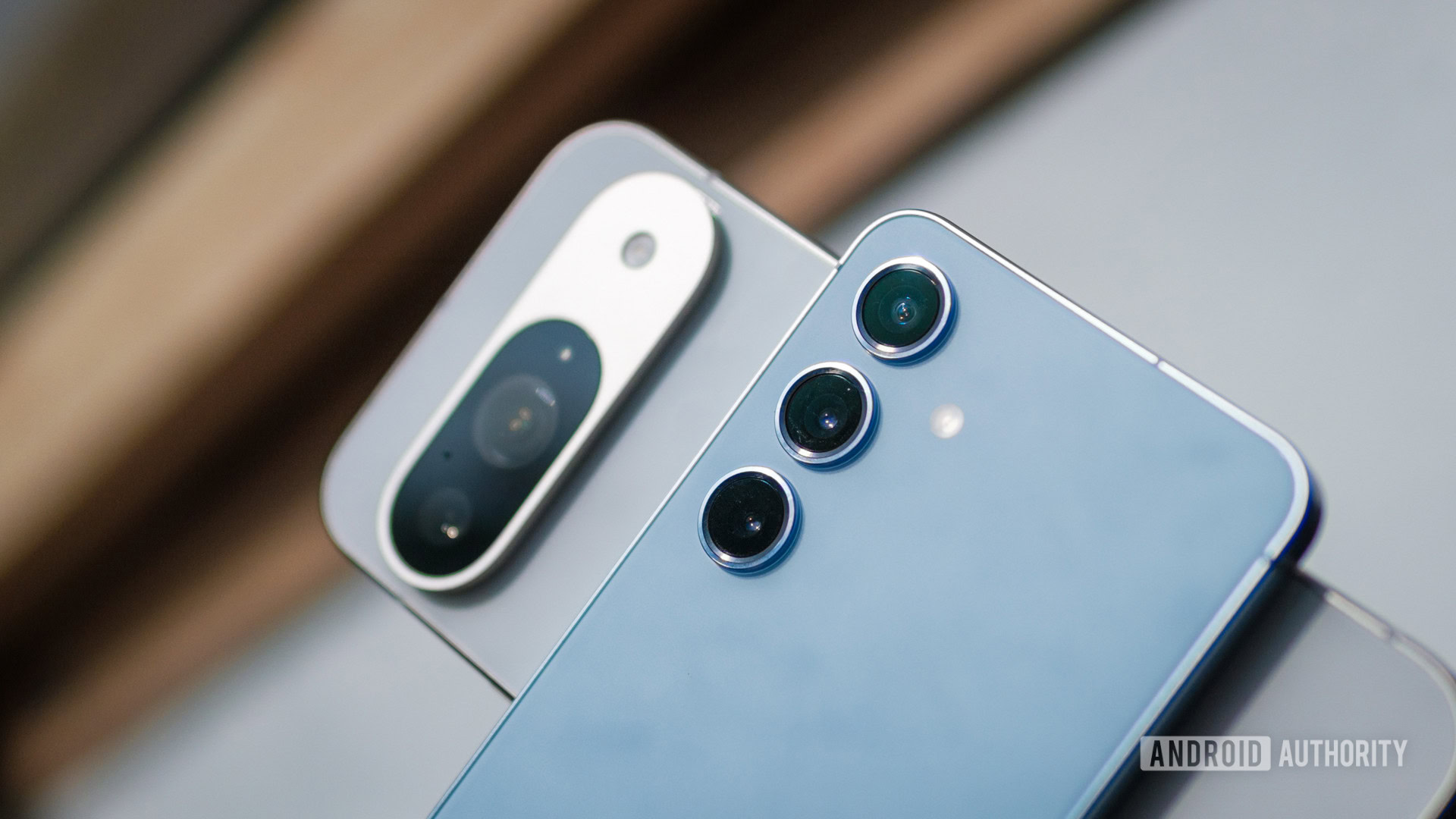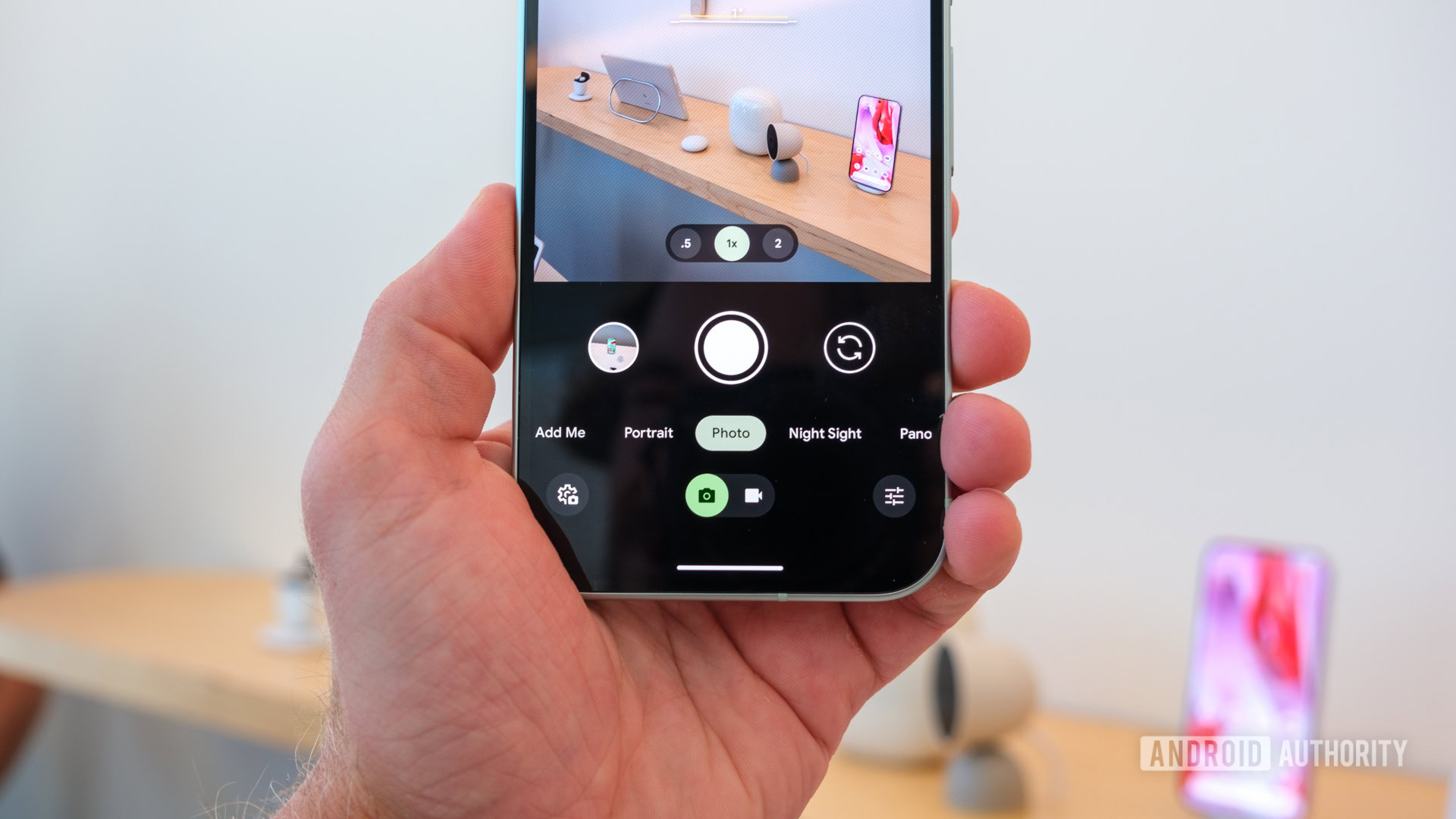Affiliate links on Android Authority may earn us a commission. Learn more.
Smartphone photography has moved on, but Samsung is still stuck in 2021
Published onOctober 26, 2024

Software has seemingly become just as important (if not more important) than hardware when it comes to the best camera phones. In fact, I bought my Pixel 7 Pro back in 2022 because I thought it provided a fantastic blend of camera software and hardware.
However, spending time with phones like the HUAWEI P60 Pro and vivo X100 series has made me realize that Chinese brands, not Google or Samsung, are on the bleeding edge of camera hardware.
Do you think Google and Samsung have fallen behind in camera hardware?
What impresses me about these phones?
Perhaps the biggest thing that’s impressed me about recent Chinese flagship phones is the upgraded telephoto camera experience. Many of these phones provide a wide aperture for great low-light performance, close-up focusing capabilities, a relatively large sensor, and a high-resolution output.
The Google Pixel 9 Pro series certainly ticks most of these boxes, and we were happy with images from its periscope camera, although macro focusing is a notable omission. The Samsung Galaxy S24 Ultra also offers some of these perks but misses out on a wide aperture and close-up focusing. Meanwhile, the Galaxy S24 and S24 Plus stick with ancient 10MP 3x telephoto cameras, leaving plenty of modern telephoto camera features on the table.
Just check out some of my favorite telephoto snaps captured on Chinese flagship phones below.
Sony’s last few Xperia 1 flagship phones have even offered variable telephoto cameras. The Xperia 1 VI has a variable telephoto camera capable of continuous zoom from 3.5x to 7.1x. That means consistent image quality between these two zoom ranges — no cropping or hybrid zoom needed. What’s stopped Google or Samsung from investing in similar cameras?
Better main camera hardware
Moving away from the telephoto cameras, many Chinese flagship phones now offer one-inch main camera sensors that enable cleaner, brighter shots. As a result, I’ve really enjoyed handheld astrophotography modes on recent vivo phones. A tripod will still provide sharper, cleaner results, and the brand’s low-light processing is heavy-handed, but image quality is respectable for a handheld snap and perfectly good for Instagram.
Google’s recent Pixel flagships all offer reasonably sized main cameras, but I’d still love to see the company embrace even larger sensors for better low-light photos, portraits, and videos. I feel like it’s high time Samsung offered one-inch 50MP cameras too. After all, who cares about the S24 Ultra’s 200MP main camera if shutter lag is still an issue? The Galaxy S24 and S24 Plus also sorely need a main camera upgrade, using what’s fundamentally the same sensor as 2022’s S22 and S22 Plus.
Switchable apertures, bigger sensors, flexible telephoto — there's so much missing from Apple, Google, and Samsung flagships.
Main camera innovations aren’t restricted to huge sensors. HUAWEI and Xiaomi’s recent phones also offer variable aperture main cameras, bringing more control over focusing and depth-of-field effects.
If you want everything in focus, you can opt for the narrow aperture. Meanwhile, a wide aperture will give you a shallow depth-of-field with natural bokeh effects compared to the artificial bokeh seen in portrait mode snaps. Check out the comparison below from the P60 Pro’s main camera with wide and narrow apertures. Amazingly flexible, right?
Software is another story

As much as I love seeing bleeding-edge camera hardware from Samsung and Google’s rivals, I still frequently use my Pixel 7 Pro for photos. That’s mainly due to the natural-looking photos that aren’t over-sharpened or neon due to aggressive HDR. Google has also brought a few genuinely useful software features to subsequent models in recent years, such as Add Me and Best Take. I’m also a big fan of Samsung’s suite of software features, such as Single Take, Director’s View, and shadow/reflection removal.
Chinese rivals are catching up in terms of software, though, if not exceeding Google and Samsung in some areas. Color profiles are a major addition to phones from OnePlus, OPPO, Xiaomi, and vivo, but they’re entirely missing on Google and Samsung phones. The Xiaomi 14 Ultra also offers AI-assisted zoom that beats the S24 Ultra in our testing. And unlike Google, Chinese flagships include on-device video features like 8K and improved low-light video.
If only I could combine Google's software with Xiaomi's hardware.
In any event, while Samsung and Google still offer top-tier camera software that can deliver a polished, full-featured experience, it’s clear that there’s room for improvement on the hardware side. This is especially apparent for Samsung’s more affordable flagships and their increasingly aging cameras. Now, if only I could combine Samsung or Google’s software with OPPO, Xiaomi, or vivo hardware.